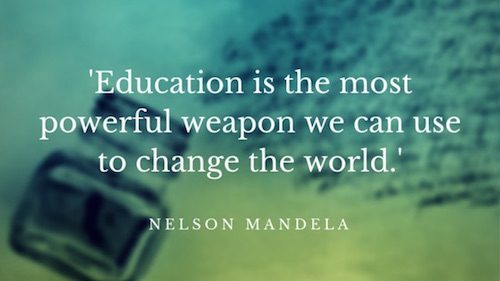Who doesn’t love a board game?
Board games are something which friends and families across the world, join together to play. However, what many people do not realise is, that board games and puzzles are a fun and exciting way of practicing mathematics at home or in a fun, school environment. Most board games and puzzles in the current market, involve some sort of mathematics, whether it be as simple as the chance of rolling a 6 on a dice, or counting the squares as you go along in monopoly, mathematics is involved. 
Today in Discovering Mathematics, each group looked into, and played, different board games such as Monopoly, Cluedo, Battleships, and my group played 5 Second Rule. In 5 Second Rule, the players are given a 5 second timer and a topic, such as; “Name 3 things you find in the sky” and the player has to answer the question within the 5 seconds. This game involves the elements of time and categorizing, which are fundamental to the understanding of mathematics.
Furthermore, mathematics is also involved in the game of Cludedo, which is a murder mystery board game. In order to find out who committed the murder and in which room they did it with which weapon, the players use a process of elimination, another fundamental mathematical concept. Another group also played Battleships, which involves co-ordinates, rows and columns, and positioning, which are all mathematical skills.
However, the game of Monopoly, which is one of the most popular board games around the world, involves many fundamental mathematical concepts and skills. Some of these include; the chance when rolling the die, the role of the banker, who must able to add, subtract, multiple, divide etc. in order to give out the correct amount of money, counting spaces as you go along, working with money and working out which properties are the best to invest in or trade.
It is interesting to see the connections which mathematics has within board games, especially since they are something which many people enjoy, I know that I do. Board games are therefore, an interesting and exciting way to practice maths with children, whether this be in the classroom or at home with parents, family and friends. This also allows for parents to be involved with their child’s learning and mathematic growth and development, as it has been shown that parents play an important role in their child’s mathematic education. Moreover, board games are something which I am going to use in my professional future as a teacher, as I have seen first-hand in placement, how much children enjoy playing them, and the mathematical development that they help children to make.





 However, we had to ensure that the numbers and symbols made sense when it comes to using decimal places and doing mathematical sums such as addition, multiplication, subtraction and division. My group decided to use the theme of flowers for our number system. I have attached a photo of my number sequence.
However, we had to ensure that the numbers and symbols made sense when it comes to using decimal places and doing mathematical sums such as addition, multiplication, subtraction and division. My group decided to use the theme of flowers for our number system. I have attached a photo of my number sequence.